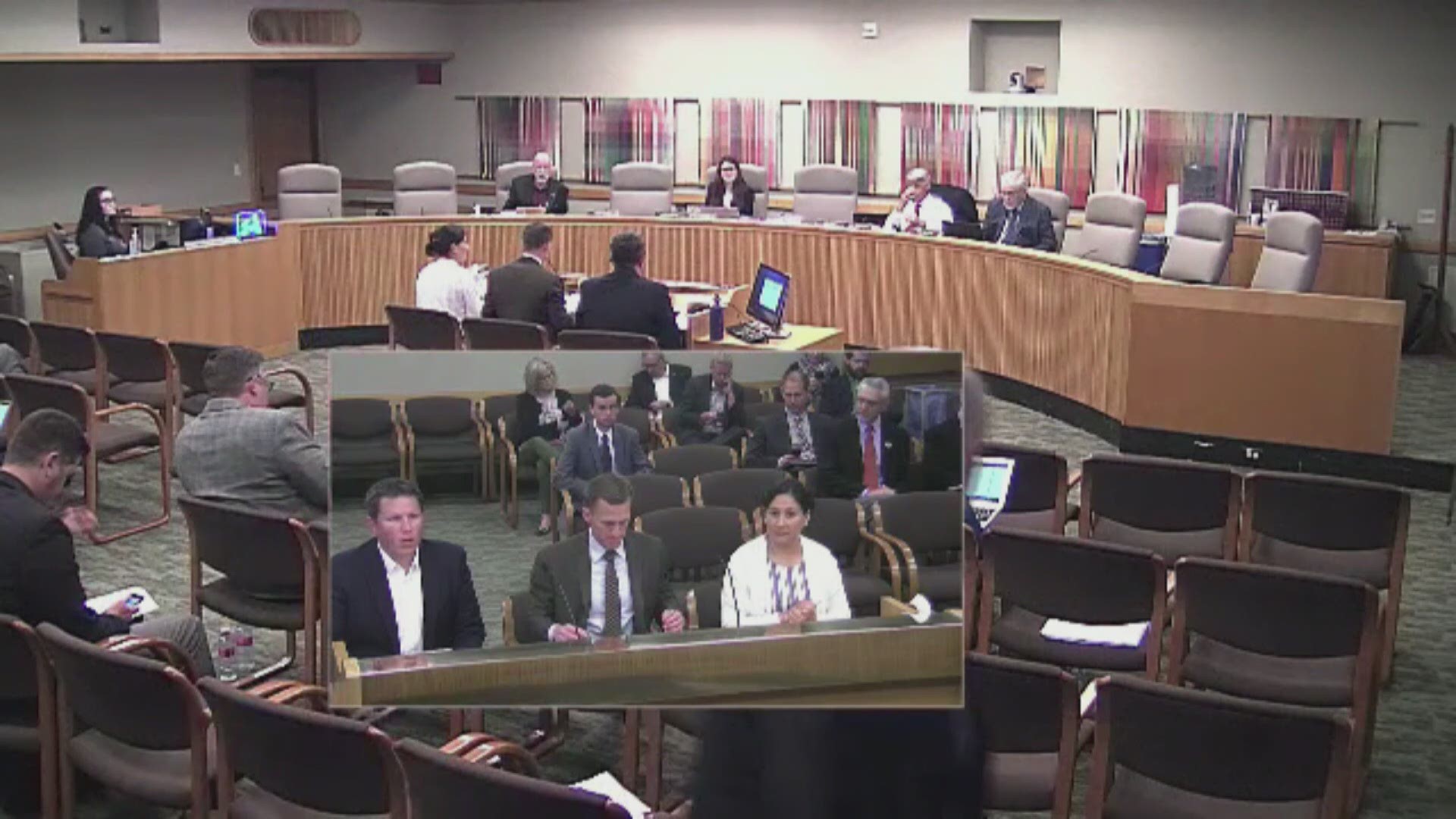PORTLAND, Ore. – Investors can now get special tax breaks in some of Portland’s highest-rent neighborhoods, after downtown Portland, the Pearl District and south waterfront were chosen along with 86 other areas in Oregon in need of revitalization.
Several dozen communities around Oregon were designated on Friday as so-called “Opportunity Zones,” giving investors certain tax breaks if they put money into new projects in those areas.
The Treasury Department approved 86 census tracts around the state as Opportunity Zones. Areas with a poverty rate of at least 20 percent were eligible to be nominated. Parts of Gresham, East Portland, Clackamas and the area around the Portland Airport were also chosen as Opportunity Zones.
Note: Opportunity Zones are in green, red shows eligible neighborhoods
The Opportunity Zone program was created by the Republican federal tax overhaul that passed late last year. It is meant attract investment to low-income or economically distressed areas.
There are 31 Opportunity Zones in the Portland metro area. They include census tracts that cover the Pearl District, downtown Portland, the South Waterfront and the Lloyd District.
While those areas might not seem economically depressed, they were eligible because of their high poverty rates.
The tract that covers downtown Portland, for example, has a poverty rate of 48 percent and a median family income below the state average, according to census data.
The tract that encompasses the Pearl District also includes Old Town. It has a poverty rate of 23 percent.
Business Oregon, the state’s business development agency, took the lead on nominating the Opportunity Zones in Oregon.
Spokesman Nathan Buehler said they tried to nominate a diverse mix of zones across the state, but didn’t shy away from places like downtown Portland if they qualified for the program.
“You want to make sure you have zones that are attractive to investors, but also some zones that meet a need,” Buehler said.
He said there is no guarantee anyone will invest in these zones.
“There has to be a viable investment opportunity,” Buehler said. “It has to be worthwhile for the investor. The federal program sweetens the deal by giving them tax savings.”
House Speaker Paul Ryan championed the Opportunity Zone plan in the tax overhaul. He called it a “critical component of our poverty fighting agenda.”
The tax law creates new investment vehicles called “Opportunity Funds,” which can invest in new projects in the designated Opportunity Zones. Investors will be eligible for several tax benefits in return.
Officials at Business Oregon worked with state lawmakers, counties and cities to nominate the 86 zones approved by the federal government. Business Oregon sent its findings to the governor, who made the final recommendation to the U.S. Treasury Department.
The state had 342 eligible low-income census tracts, but only one quarter of those could be nominated for the Opportunity Zone program.
“If we could have designated every low-income community we would,” Buehler said. “We did the best we could to have diverse zones – geographically diverse, economically diverse, tribal zones.”
He said each of Oregon’s nine federally-recognized tribes received at least one Opportunity Zone.
So far, no opportunity funds have been established in Oregon. State officials are also still waiting to get more rules on the zones from the federal government.
“We’re still waiting to see what the feds are going to do about this, but in the meantime, we’re not sitting on our hands,” said Jason Lewis-Berry, a policy advisor in Gov. Kate Brown’s office.
He said state officials are trying to inform people about the program and create systems to connect investors with businesses in Opportunity Zones, especially in rural areas.
Lewis-Berry on Monday briefed state senators about Opportunity Zone program, many of whom weren’t aware it existed.
The briefing noted that the plan was buried inside thousands of pages of the tax bill and states were only given 90 days to nominate their zones. The state is expecting to get more guidance from the federal government later in the summer.

